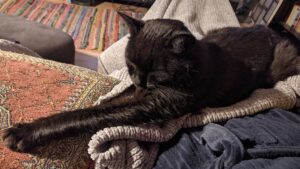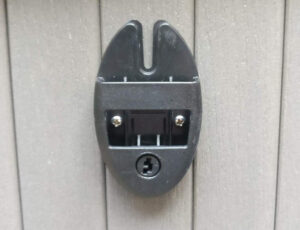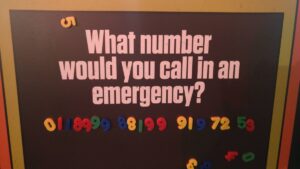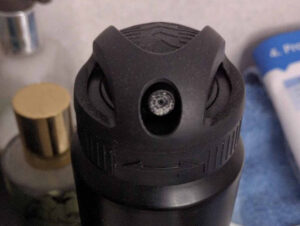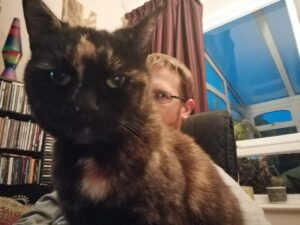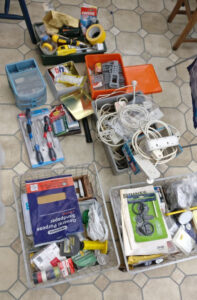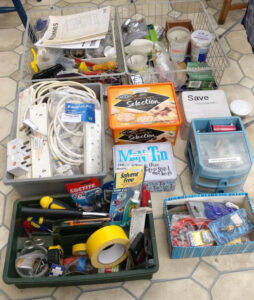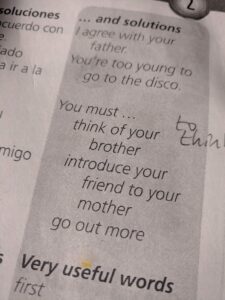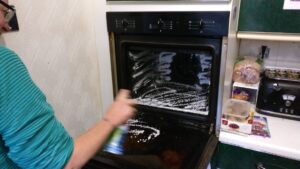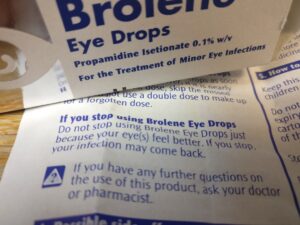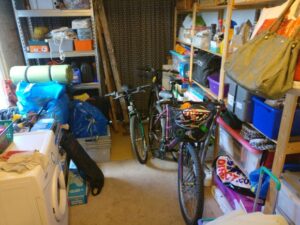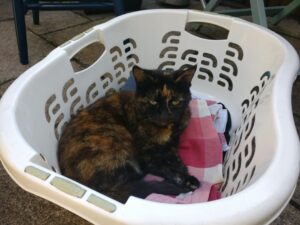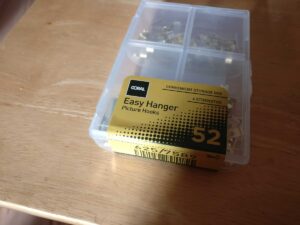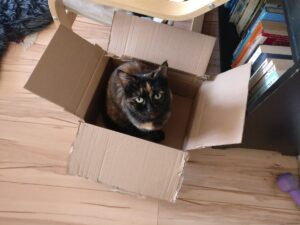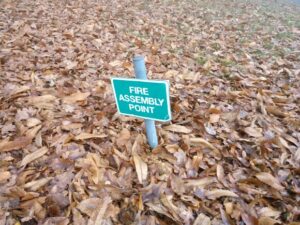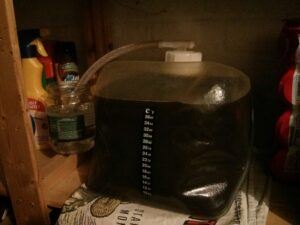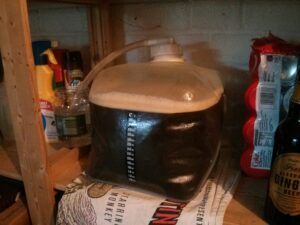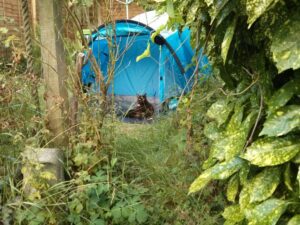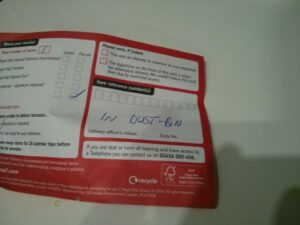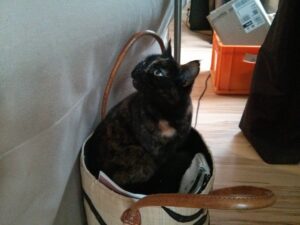While it may seem to be a bit strange to be writing this summary while there is still nearly 1/12 of the year left, I have now more or less stopped using Twitter, so it’s safe to assume that there’s not going to be any eleventh-hour additions.

2 January 2022
I feel like I got this year off to a good start.
I still haven’t figured this out. I’ve got a theory, but it’s only a theory.
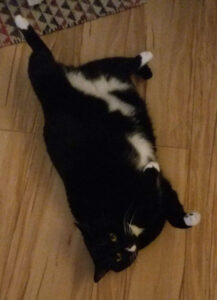
4 February 2022
The fluffy tummy is so inviting, but you know what will happen if you reach for it.
If you groaned, then that’s as good as a laugh in my book.
This turned out to be a terrible idea. The “new” battery was as bad as, if not worse than, the old one. I ended up having to buy a new phone, which was a bit of a shame.
I remember asking for a soda stream once upon a time. My parents had the sense to veto that one.
I seem to have form on this one.
In contrast with previous years, I was very quiet on Twitter during Eurovision this year. I think that’s probably because I was chatting with some friends on a Telegram group instead.
The original Pixar Cars movie was fantastic, and I lost track of the number of times I watched and rewatched it with the wee Bernard. The sequel was dire, and so I was expecting the sequel sequel to be direrer. But Bernard recommended it to me, and we watched it together. It was an adorable bonding moment, and the film was superb to boot!
It says a lot that I couldn’t initially remember exactly whose speech this was, as we’ve had so many Tory prime ministers this year.
Based on this post, it seems that we do it about every four years. Hypothetically, if we were to do it more often, would it be less rewarding, because there’s less improvement to be had?
Queen Elizabeth 2 died this year. For the last few decades there’s been an undercurrent of murmuring about how big a deal it will be when it happens. Leaving aside the very peculiar behaviour exhibited by those who decided to go into London and queue for hours just to walk past a wooden box, I think we all have to agree that it’s not really affected our lives in the slightest. Some people tried to take this opportunity to start a debate about whether we still need a monarchy, but were shouted down, being told that it was disrespectful to do it at this particular moment. I wonder when the convenient time would be.
An interesting side effect of doing this twitter review project is learning how often I go back to the same well. This particular thought was also tweeted on 9 May 2021 – less than 18 months before. On that occasion, it got 2 likes. This time, it got 27.
As I’ve mentioned before, I’m often less than 100% honest on social media. See if you can guess which part of this particular post was fabricated.
But she is a fwuffy wuffy pussikins with a big catty watty face yes you are yes you are.
The end is nigh.
It’s very very nigh.
It’s halloween!
Aaaand the end is nigh again.
Twitter: can’t take my eyes off the Elon Musk car crash7 November 2022
You can sense that I’m basically already checked out at this point.
Here’s hoping.
So, have I left Twitter entirely? No, not completely. But it’s definitely not my first port of call, and I’m much less active on there than I used to be. I might occasionally retweet something interesting, and I may write something on there if I specifically want to tag someone who isn’t in my Mastodon friends list, but I think the key word here is “investment”. Whereas previously I felt invested in Twitter as a community and as an extension of my social life, it’s now just a thing that I’m gradually phasing out, like using up the last of a tub of butter.

